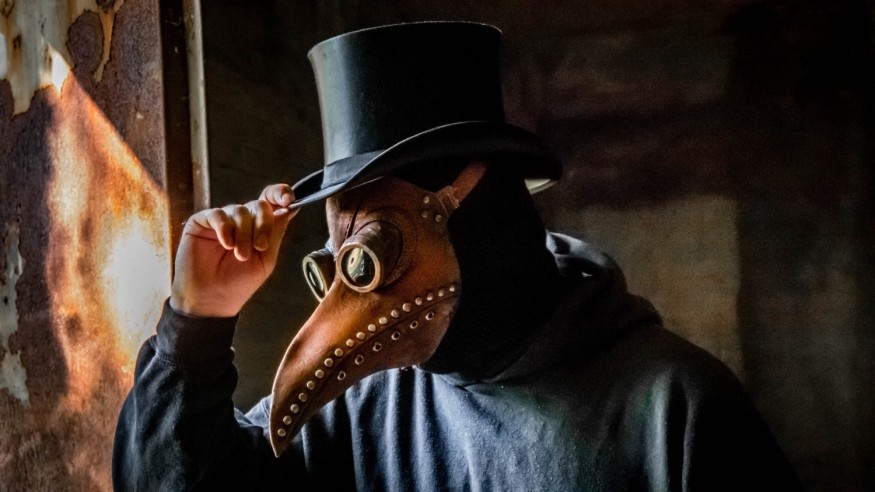
China has seen another case of plague, health authorities confirmed this Tuesday.
According to the state media Xinhua, two patients from Chinese province of Inner Mongolia were diagnosed with pneumonic plague. They were currently recovering in a hospital in Beijing's Chaoyang District. The authorities have performed necessary measures to prevent the disease from spreading.
The plague has three forms: Bubonic plague, which causes the lymph nodes to swell; septicemic plague, which infects the blood; and pneumonic plague, which damages the lungs.
While Bubonic plague is probably the most prevalent since it caused one of the deadliest pandemics in human history, the World Health Organization claimed that the pneumonia is the most damaging, despite being the rarest.
The Plague in Modern Era
While hundreds of years had passed since the Black Death, which claimed the lives of at least 50 million people all over the world, the plague is not completely gone. The WHO reported at least 3,300 cases with at least 600 deaths from 2010 to 2015. Most of these cases came from Democratic Republic of Congo, Madagascar, and Peru.
With this, WHO declared the plague as a re-emerging disease.
These two patients were the second confirmed cases in China this year. In May, a Mongolian couple died from bubonic plague.
The US Centers for Disease Control and Prevention, on the other hand, reported that there are few dozens of new cases yearly. Colorado has some deaths -- eight in 2014, two on the following year.
What is the plague?
Plague is caused by bacteria called Yersinia pestis. Fleas (usually from rodents) and even animals like cats and dogs can serve as a reservoir of this pathogen.
In 1347, 12 ships containing dead and gravely-ill sailors docked at the Sicilian port of Messina. All of them were covered with black boils that ooze blood and pus. This started what is now globally known as The Black Death in Europe.
But before this, Asian countries and even Egypt have already witnessed the horror of the pandemic.
The most accepted cause of the Black Death are the rats, but according to a 2018 study, human fleas and body lice might also have aided.
How do you cure the plague?
According to CDC, it can be cured through antibiotics, but medical care must be given immediately to avoid serious complications or death. However, due to misuse, doctors have seen some strain of bubonic plague that is antibiotic-resistant.
There is currently no effective vaccine either, so the best option is to take care of yourself. For CDC, the best way is to make sure your home, including sheds, garages, and recreation areas are free from rodents.
CDC also said that plague outbreak usually occurs during "epizootic" or the period in which large numbers of rodents die. Due to the death of their hosts, fleas might jump to unsuspecting new hosts like humans or pets to suck blood. Because of that, the federal agency absolutely recommended wearing gloves when handling dead or sick animals. If possible, call your local health officials instead.
Since you can also get the bacteria from your pets, do not let your pets roam on rodent-infested areas. Treat your pets for fleas regularly, and do not sleep next to them.
© 2025 NatureWorldNews.com All rights reserved. Do not reproduce without permission.





